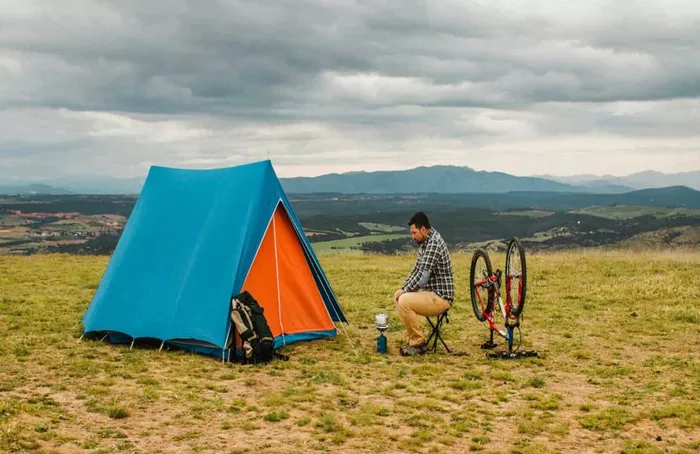Camping is a great way to connect with nature. Whether you love mountains, forests, or beaches, there are countless places to set up your tent. But where exactly can you camp? This guide will help you find the best spots, from national parks to private campgrounds.
Public Campgrounds
Public campgrounds are managed by governments. They are often affordable and well-maintained.
National Parks
National parks are some of the best places to camp. They offer stunning views and well-marked campsites.
- Examples: Yosemite (USA), Banff (Canada), Kruger (South Africa).
- Rules: You usually need a permit. Some parks allow backcountry camping.
State/Provincial Parks
These are smaller than national parks but still offer great camping.
- Pros: Less crowded, often cheaper.
- Cons: Fewer facilities than national parks.
National Forests
National forests allow more freedom than national parks.
- Dispersed Camping: You can camp almost anywhere (follow Leave No Trace rules).
- Examples: Black Hills (USA), Epping Forest (UK).
Private Campgrounds
Private campgrounds are run by businesses or individuals. They often have extra amenities.
RV Parks
- Best for: People traveling with RVs or campervans.
- Facilities: Electricity, water hookups, showers.
Glamping Sites
- Luxury camping: Tents with beds, sometimes even Wi-Fi.
- Good for: People who want comfort in nature.
Farm Stays
Some farms allow camping.
- Benefits: Fresh food, peaceful surroundings.
- Check: Websites like Hipcamp for listings.
Wild Camping (Free Camping)
Wild camping means setting up camp in nature without official campsites.
Where Is It Allowed?
- USA: BLM (Bureau of Land Management) land allows free camping.
- Canada: Crown land is open for camping.
- Scandinavia: “Right to Roam” laws let you camp almost anywhere.
- UK: Limited, but allowed in Scotland and some remote areas.
Rules for Wild Camping
- Leave No Trace: Pack out all trash.
- No Fires: In dry areas, fires may be banned.
- Respect Wildlife: Keep a safe distance from animals.
Beach Camping
Sleeping near the ocean is a magical experience.
Best Beach Camping Spots
- USA: Assateague Island (wild horses!), Big Sur.
- Australia: Fraser Island, Byron Bay.
- Europe: Sardinia (Italy), Algarve (Portugal).
Things to Know
- Tides: Camp above the high tide line.
- Wind: Use strong tent stakes.
Mountain Camping
High-altitude camping offers amazing views but requires preparation.
Popular Mountain Camping Areas
- Rocky Mountains (USA/Canada)
- Alps (Europe)
- Himalayas (Nepal, India)
Safety Tips
- Weather: Storms can come suddenly.
- Altitude Sickness: Climb slowly to adjust.
Urban Camping
Yes, you can camp in some cities!
Where to Camp in Cities
- Some RV parks allow tents.
- Hostels with camping areas (e.g., Amsterdam).
- Check local laws: Many cities ban street camping.
Backyard Camping
Not ready for the wilderness? Try your backyard!
Benefits
- Safe for beginners.
- Easy to go inside if it rains.
How to Choose the Best Camping Spot
Consider These Factors
- Legal Rules: Always check if camping is allowed.
- Safety: Avoid areas with dangerous wildlife.
- Weather: Avoid flood zones or extreme heat.
- Accessibility: Can you hike in or drive up?
Conclusion
Camping is possible almost anywhere—forests, beaches, mountains, even cities. The key is knowing the rules and preparing well. Whether you prefer a luxury glamping site or a remote wild camping spot, nature is waiting for you.
Now, grab your tent and start exploring!
Related topics:
What Can You Do When You Go Camping?
What Can You Do When You Go Camping?
Best Outdoor Lights for Camping

